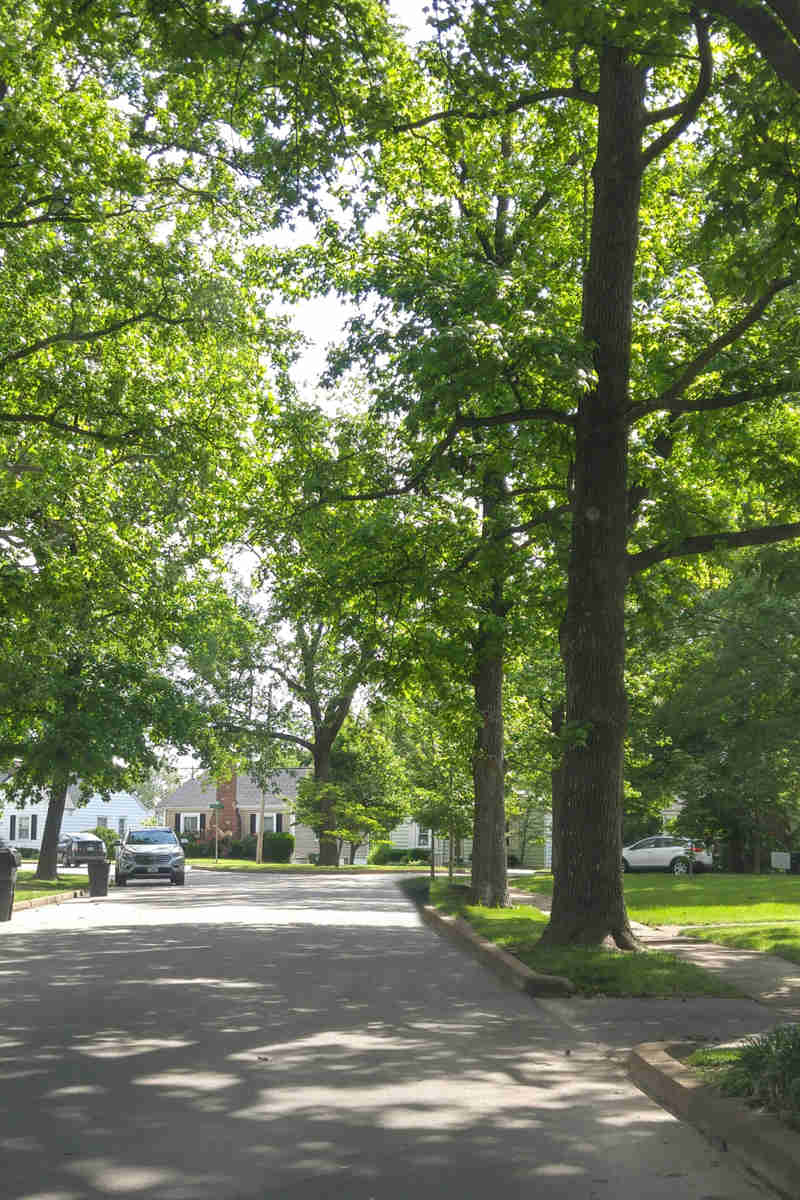Nothing says “premium, luxurious atmosphere” better than a beautiful landscape, filled with palms swaying in the warm breeze. Guests and travelers are lured by these iconic species all year long, particularly in the winter months. So whether your commercial property already boasts a variety of palms or you’re looking to install for the first time, here’s a palm tree care guide to help you keep them healthy all year long.
Palm Tree Basics
There are over 2,600 varieties of palms in the world, many of them native to the U.S. - but many non-native species can thrive in here as well if cared for properly. To identify the type of palm, you can look at either the leaves (called fronds) or the trunks. There are three frond types- palmate, pinnate, and costapalmate, and likewise there are three types of trunks – a single, tall trunk; single short, fat trunks; or a group of three or four trunks growing together.
- Grow zones: Palm trees grow best in warm climates (zones 9-11) with hot, humid summers and mild winters. But although that’s the norm, there are a few varieties that can grow in the slightly colder temperatures found in zones 7 & 8.
- Where to plant: When it comes to soil types, look for loose, sandy soil with good drainage and plant in locations that will receive at least six hours of sunlight each day.
- Height/spread: Size and spread can vary widely by species, so pay careful attention to which type you’re planting in a given location. Some species can grow up to 50 feet tall, and others top out at just four or five feet.
Palm Tree Care and Maintenance
It may seem like palms are always looking their best, but without routine care, brown or yellow fronds and spots from pests or disease can impact their aesthetics.
- Pruning: Regular palm tree pruning not only helps palms look fresh and healthy, it also removes dead leaf material that can reduce aesthetics. It also helps the trees look their best all year and reduces safety risks from falling plant material. Once the fronds are pruned, look at the trunk – are there loose petioles (called boots)? If so, they may need to be removed as well depending on your visual preference.
Palm tree health relies on more than just pruning. Watering and fertilizing are also key components, and if you notice your palm fronds turning brown or drooping, your trees may need additional watering or fertilization.
- Watering: When watering palm trees, be sure to soak the soil thoroughly, but not leave any standing water, as it may damage the roots. Adjust your schedule to ensure that the soil stays moist between waterings but doesn’t get soggy at any point to maximize both water usage and the health of the plant.
Even when your palms look healthy, the soil may not be providing the necessary nutrients it needs to thrive – which can lead to fronds turning yellow, white spots on fronds, and other issues.
- Fertilization: Proper fertilization is a great way to keep your palm trees healthy and resilient for the long run. A slow-release fertilizer that provides essential nutrients like nitrogen, potassium, and magnesium can provide months of support for the palm trees on your property.
Pest and Disease Awareness
Palms are known for their vibrant green fronds, so when you notice white spots on the tree leaves, you may have an issue. Some species – like the Pygmy date palm – have waxy leaves that can appear to have spots, but are normal and healthy. If the spots are slightly raised, however, it may mean you have a scale insect infestation or a disease infection. These may be serious conditions and needs to be addressed as quickly as possible.
Scale insect infestation can weaken a palm if it’s left untreated long enough, so if you notice any spots on your palms, contact a Davey professional for an assessment.
Protecting Your Palm Trees in Winter
Even in warmer climates, palms are at risk from cold temperatures. Planting the right palm trees for your hardiness zone is critical to ensure the health and longevity of the trees on your property, but there are also steps you can take to protect your palm trees this winter.
Since cold weather can stress a tree and cause rot, nutrient deficiencies and other issues, protecting the roots from freezing temperatures with mulch helps trees weather a cold snap. And although water uptake slows during colder periods, it’s still essential to water regularly. In the event of a frost or freeze warning, wrapping the trunks and leaves of your palms will help prevent damage. If your palms do freeze, there’s still hope. A certified arborist can tell you if your palms are salvageable and will survive.
KEEP YOUR PALM TREES LOOKING THEIR BEST, YEAR AFTER YEAR! CONTACT A DAVEY REPRESENTATIVE TODAY.



